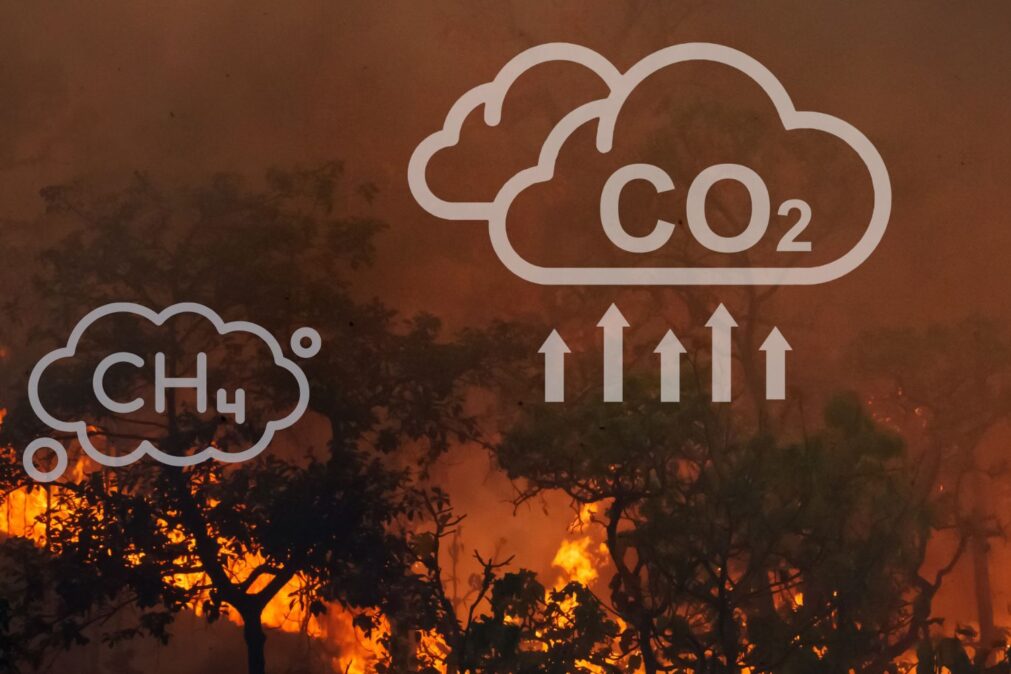A survey carried out jointly by the Brazilian Center for International Relations (Cebri), the Inter-American Development Bank (BID), the Energy Research Company (EPE) and the Center for Energy and Environmental Economy (Cenergia), from Coppe/UFRJ, identifies the challenges of the Brazilian energy transition. The study highlights the need to adopt new technologies and energy models to achieve the goal of net neutrality in greenhouse gases (GHG) by 2050.
The “Energy Transition Program” presents three distinct scenarios for Brazil by 2050: “Brazil Transition”, “Alternative Transition” and “Global Transition”. These scenarios explore different options for mitigating emissions, with the aim of achieving carbon neutrality in the country by mid-century.
Although Brazil has an energy matrix with around 50% of primary energy coming from renewable sources, three times more than the global average, the three decarbonization scenarios analyzed show that the next 30 years will bring challenges and opportunities different from those faced in the last decades.
The “Transição Brasil” and “Transição Alternativa” scenarios are based on the commitments assumed by Brazil in its Nationally Determined Contribution (NDC) and seek to identify cost-efficient paths for the country, taking into account different perspectives on the evolution of public policies, behavior of businesses and consumers, and the development and diffusion of new technologies. The “Global Transition” scenario considers Brazil’s contribution to limiting the average increase in global temperature by up to 1.5°C.
To achieve climate neutrality by 2050, it is necessary to achieve negative CO2 emissions (the main GHG) around 2035-2040. The three decarbonization scenarios show that CO2 emissions become negative by around 500 million tons, showing the size of the challenge.
Among the main challenges identified by the study are the growth in demand for energy, the need to update and create regulatory frameworks for the energy transition and the development, scale and competitiveness of new technologies and infrastructure.
The study highlights the importance of fighting illegal deforestation and implementing nature-based solutions (NBS) to reduce GHG emissions. If Brazil fails to eliminate illegal deforestation this decade, it will face a compensation cost of up to US$3.4 trillion to meet NDC commitments.
In the energy matrix, the study predicts an increase in demand for primary energy from 268 million toe (ton equivalent of oil) in 2020 to around 400 million toe in 2050. On the other hand, there will be a decrease in the use of fossil fuels and a significant increase in the share of renewable and low-carbon sources in the energy matrix. In addition, the study suggests that Brazil should invest in the electrification of the transport and industry sectors and in the production of green hydrogen.
Another important recommendation is the development and implementation of regulatory frameworks that facilitate the energy transition and encourage investment in sustainable technologies. This includes the creation of a carbon market and policies to encourage the adoption of renewable and low-carbon sources, such as wind, solar and biofuels.
The report points out that the investments needed to achieve carbon neutrality in Brazil by 2050 add up to around US$6 trillion, of which approximately US$2.5 trillion would be earmarked for transforming the energy sector and another US$3.5 trillion measures to adapt and mitigate emissions.
The energy transition also brings significant opportunities for the country, such as the creation of green jobs, the reduction of dependence on fossil fuels and the improvement of air quality and the health of the population. In addition, Brazil can become an important exporter of clean energy, especially due to its potential in the production of wind, solar and green hydrogen energy.
For Brazil to achieve carbon neutrality by 2050, it is essential that the country adopt public policies and long-term strategies that encourage innovation and the adoption of sustainable technologies, in addition to greater participation by civil society, companies and academia in the process. energy transition.
In this way, the country will be able to face the challenges and take advantage of the opportunities of the energy transition, contributing to the fight against climate change and the achievement of the goals established in the Paris Agreement.





